Affiliate links on Android Authority may earn us a commission. Learn more.
Exclusive: Everything you want to know about the Pixel 8's processor leaked
June 3, 2023
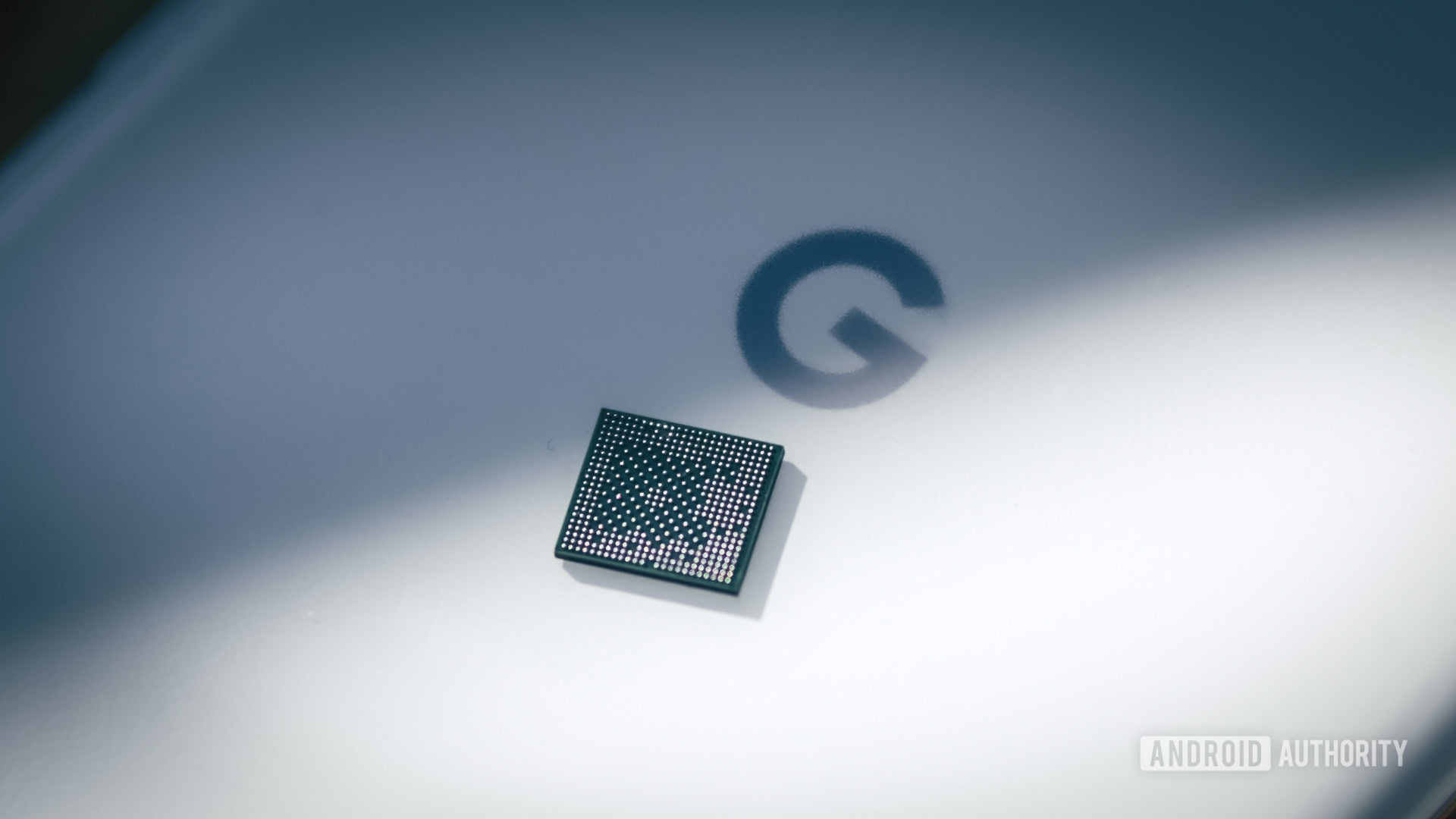
Two years ago, Google introduced Tensor — its first custom SoC for smartphones. Thanks to an enduring partnership with Samsung’s semiconductor division and its own engineering talent, we’re now on our second generation unique Tensor chip, the latest of which powers the Pixel 7 series. Even though the project receives some criticism for its lack of absolute top-tier performance in favor of AI smarts, there’s no arguing with the success of recent Pixel models.
Tensor has freed Google to leverage its AI expertise and build brand-new experiences that would otherwise be impossible, which have become core to the Pixel’s identity. Thanks to a source inside Google, we’ve gained a lot of insight into the upcoming Google Pixel 8 series of phones, as well as the SoC that will power them — Tensor G3 (codename zuma). Let’s get right into it.
Tensor G3 boasts more modern CPUs
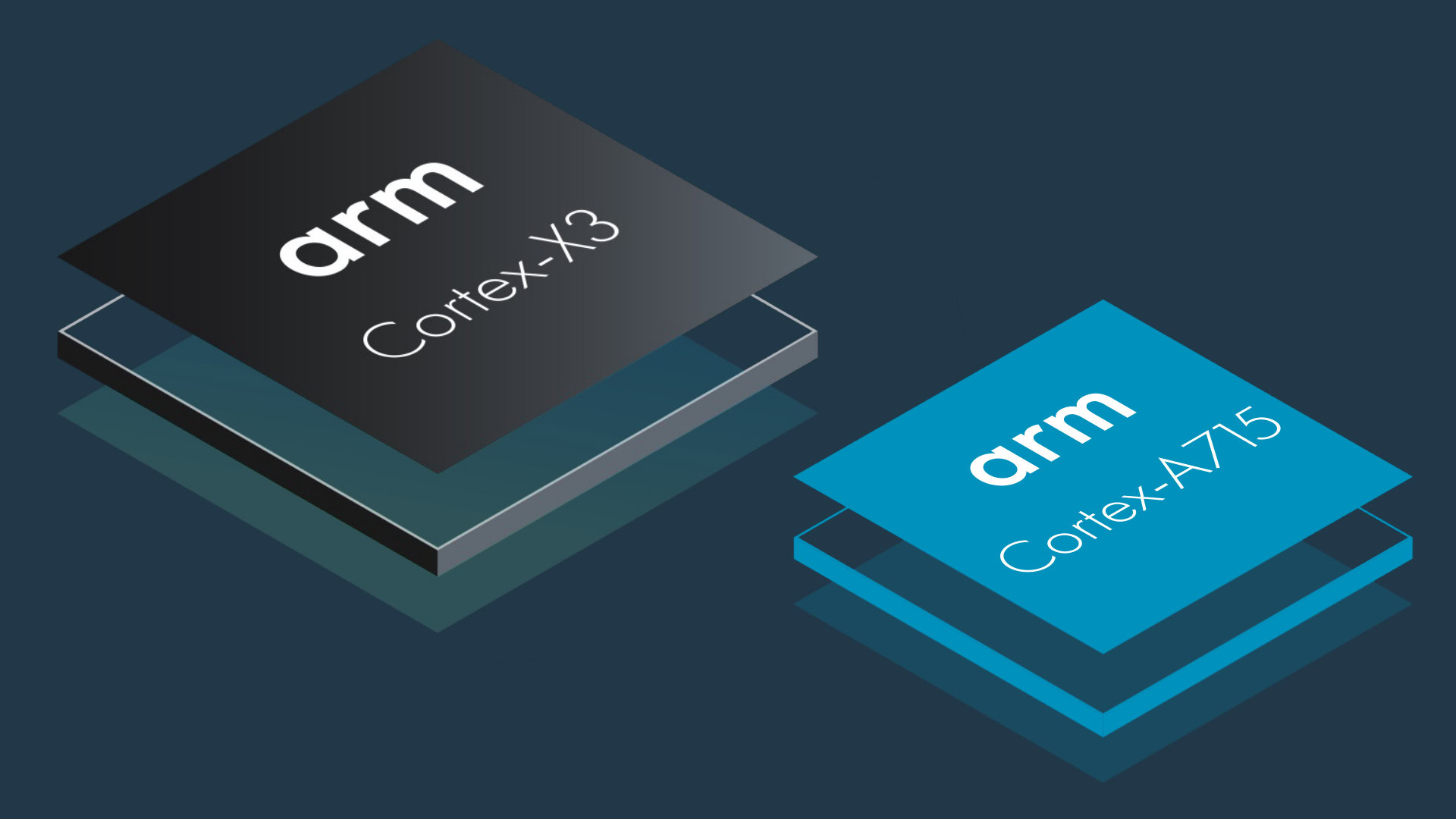
Tensor G2 was a rather uninspiring chipset in terms of CPU performance. At release, all the cores were already two generations behind the competition. The only real change from the first-generation chip was a mid-cluster upgrade from rather archaic Cortex-A76 cores to a more fitting Cortex-A78. The chip retained the unusual 4+2+2 core layout, whereas most other chip vendors used a 4+3+1 layout with a single big core.
With Tensor G3, Google’s finally putting more up-to-date cores in the chip. The entire CPU block has been rearchitected to use 2022 ARMv9 cores. The core layout has also been modified — gone is the unusual 4+2+2 setup, and in its place, Google put in… an even weirder one?
The Tensor G3 will feature nine CPU cores — four little Cortex-A510s, four Cortex-A715s, and a single Cortex-X3, all while raising the frequencies compared to previous generations. This should lead to a considerable performance uplift and should make the Tensor G3 match the performance of the other 2022 flagship SoCs (although it will fall behind chips that use the newly announced ARMv9.2 cores). We’ll have to see if the Pixel 8’s cooling solutions can handle all these large cores while running at full power.
| Tensor G3 (zuma) | Tensor G2 (gs201) | Tensor (gs101) | |
|---|---|---|---|
Big cores | Tensor G3 (zuma) 1x Cortex-X3 @ 3.0GHz | Tensor G2 (gs201) 2x Cortex-X1 @ 2.85GHz | Tensor (gs101) 2x Cortex-X1 @ 2.8GHz |
Mid cores | Tensor G3 (zuma) 4x Cortex-A715 @ 2.45GHz | Tensor G2 (gs201) 2x Cortex-A78 @ 2.3GHz | Tensor (gs101) 2x Cortex-A76 @ 2.25GHz |
Little cores | Tensor G3 (zuma) 4x Cortex-A510 @ 2.15GHz | Tensor G2 (gs201) 4x Cortex-A55 @ 1.8GHz | Tensor (gs101) 4x Cortex-A55 @ 1.8GHz |
The move to ARMv9 also allows Google to implement new security technologies. The Pixel 8 will feature Arm’s Memory Tagging Extensions (MTE), which can prevent some memory-based attacks. Other phones already support MTE in hardware but haven’t enabled it in Android. The Pixel 8 bootloader looks to be the first to implement this interface.
Of course, the headline change with ARMv9 is the switch to 64-bit-only code execution. While Tensor G2 devices, such as the Pixel 7 series, have already dropped support for legacy 32-bit apps, they retain 32-bit libraries onboard (in addition to 32-bit capable cores). This is changing with the Pixel 8; the phone will ship exclusively with 64-bit binaries. However, whether the Cortex-A510 cores are configured with AArch32 support is unclear. Either way, the Pixel 8 will offer users a 64-bit-only experience.
Ray-tracing graphics onboard
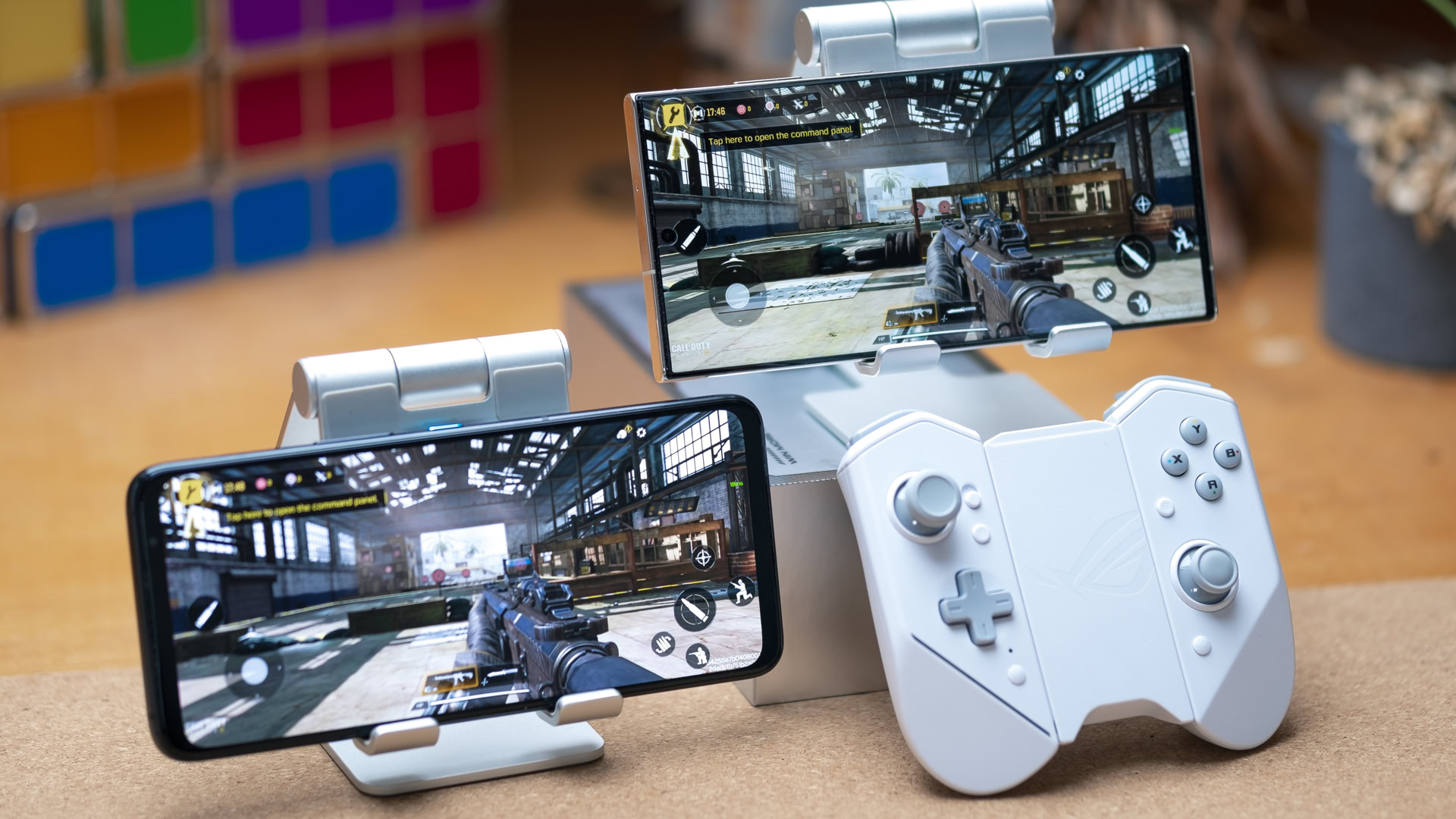
Graphics has always been a focus of Google’s Tensor line-up, even if the latest Tensor G2 doesn’t top the performance benchmarks. The original Tensor’s absolutely massive 20-core Mali-G78 configuration (out of a maximum of 24 cores) outclassed Qualcomm’s Snapdragon 888 and Samsung’s Exynos 2100 but was quickly outmuscled by newer models. Still, beefy graphics are useful for neural network applications that run more efficiently on a GPU than Google’s TPU.
Although Google moved to a newer Mali-G710, Tensor G2 benchmarks showed the seven-core setup only provided better sustainable performance rather than any tangible graphics performance uplift. Tensor G3 in the Pixel 8 will rectify this with a predictable upgrade to the Arm Mali-G715.
| Tensor G3 (zuma) | Tensor G2 (gs201) | Tensor (gs101) | |
|---|---|---|---|
GPU Core Model | Tensor G3 (zuma) Mali-G715 (Immortalis) | Tensor G2 (gs201) Mali-G710 | Tensor (gs101) Mali-G78 |
Core Count | Tensor G3 (zuma) 10 | Tensor G2 (gs201) 7 | Tensor (gs101) 20 |
Frequency (shaders) | Tensor G3 (zuma) 890MHz | Tensor G2 (gs201) 848MHz | Tensor (gs101) 848MHz |
While my source couldn’t provide the exact core count, various hardware configuration details I’ve obtained suggest an MP10 (ten-core) setup. This would make the GPU the “Immortalis” variant of the G715, complete with ray-tracing capabilities.
The first smartphone chip with AV1 encode
The first-generation Google Tensor employed a hybrid architecture for its video accelerators; it used a generic Samsung Multi-Function Codec (MFC) IP block, the same as on Exynos chips, but it had AV1 support explicitly cut out. That’s where Google’s custom “BigOcean” hardware video decoder block came in. ”BigOcean” supports up to 4K60 AV1 video decoding. Tensor G2 mostly left the hardware block unchanged, retaining the same decoding capabilities.
Tensor G3 finally upgrades the video block. Firstly, the MFC block now supports 8K30 video decoding/encoding in H.264 and HEVC (other configurations remain unchanged). It is important to note that, as of now, a special internal version of Google Camera used to test the Pixel 8 series does not support recording 8K video, and, in my opinion, it’s unlikely it ever will. Pixels already struggle with thermals while recording 4K, not to mention how quickly it’d fill up the storage.
| Tensor G3 (zuma) | Tensor (gs101) | Tensor G2 (gs201) | |
|---|---|---|
H.264 decode | Tensor G3 (zuma) 8K30 | 4K120 | 720p240 (MFC) | Tensor (gs101) | Tensor G2 (gs201) 4K120 | 720p240 (MFC) |
H.264 encode | Tensor G3 (zuma) 8K30 | 4K120 | 720p240 (MFC) | Tensor (gs101) | Tensor G2 (gs201) 4K120 | 720p240 (MFC) |
HEVC decode | Tensor G3 (zuma) 8K30 | 4K120 | 720p240 (MFC) | Tensor (gs101) | Tensor G2 (gs201) 4K120 | 720p240 (MFC) |
HEVC encode | Tensor G3 (zuma) 8K30 | 4K120 | 720p240 (MFC) | Tensor (gs101) | Tensor G2 (gs201) 4K120 | 720p240 (MFC) |
AV1 decode | Tensor G3 (zuma) 4K60 | 1080p120 (BigWave) | Tensor (gs101) | Tensor G2 (gs201) 4K60 | 1080p120 (BigOcean) |
AV1 encode | Tensor G3 (zuma) 4K30 | 720p240 (BigWave) | Tensor (gs101) | Tensor G2 (gs201) |
More importantly, however, Google’s home-grown “BigOcean” block has now evolved into “BigWave”. While its video decoding capabilities remain the same (up to 4K60 AV1 video), the block now supports AV1 encoding up to 4K30. This makes Google the first smartphone brand to ship an AV1 encoder in a mobile device. It will be interesting to see how it is utilized, as the 30fps limit isn’t ideal for video recording.
An improved TPU for AI smarts
The main focus of Tensor is undoubtedly AI. After distilling its edgeTPU server ML accelerators down to the Pixel 4’s Pixel Neural Core, Google’s first-generation Tensor shipped with a built-in TPU codenamed “Abrolhos” running at 1.0GHz. It delivered excellent performance, especially in Natural Language Processing (NLP) tasks.
Tensor G2 upgraded the TPU to the codename “Janeiro,” still running at 1.0GHz. Google claimed it was up to 60% faster than the original chip in camera and speech tasks. Tensor G3 predictably includes a new version of the TPU — codename “Rio” and running at 1.1GHz. While I don’t currently have any specific data regarding its performance, “Rio” should still be a considerable upgrade.
Other Tensor G3 improvements heading to the Pixel 8
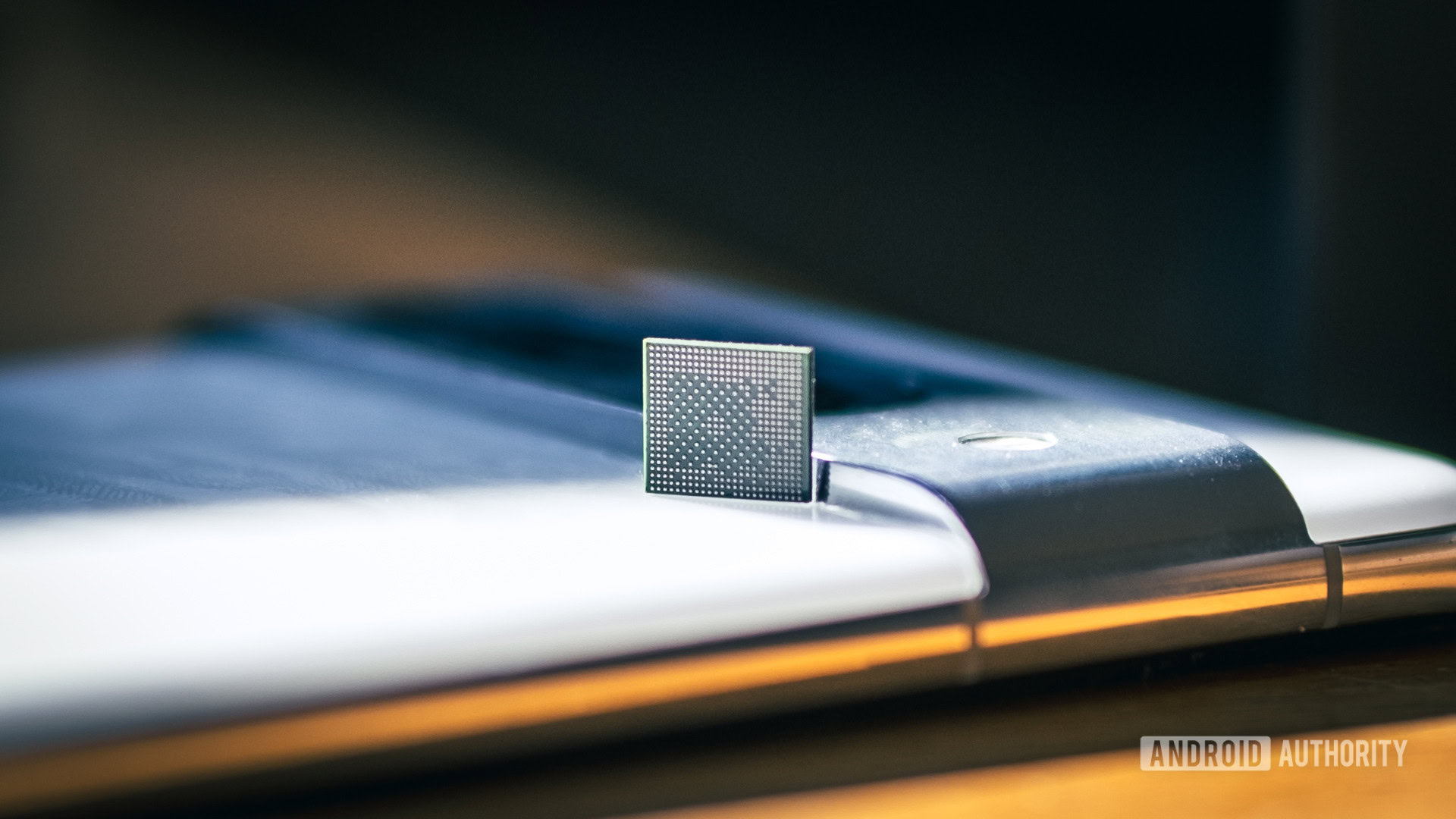
GXP to offload more processing
Tensor G2 introduced a new element that wasn’t discussed much — Google’s custom “Aurora” digital signal processor (DSP), also called GXP. DSPs are specialized processors for tasks such as image processing, which is exactly how Google utilizes it. GXP replaces the GPU in many common image processing steps, such as deblurring and local tone mapping (it does more than just that, but details are scarce, and it’s out of scope of this article anyway). This makes these common operations faster and more efficient.
Tensor G2 shipped with a first-generation GXP (codename “amalthea”) in a 4-core configuration with 512KB of tightly-coupled memory per core, all running at 975MHz. Tensor G3 has a brand-new second-generation GXP (codename “callisto”) in a similar 4-core, 512KB/core configuration, with a modest frequency uplift of 1065MHz.
Faster UFS memory
Tensor G3 includes a new version of Samsung’s UFS controller, which now supports UFS 4.0 storage. UFS 4.0 is a major upgrade over UFS 3.1, doubling its theoretical speeds and improving efficiency by up to 50%.
Other flagship smartphones, such as the Samsung Galaxy S23 Ultra, already feature UFS4.0 storage. This upgraded controller will allow the Google Pixel 8 to catch up and close the gap.
No major modem upgrades
One of the major shortcomings of the original Tensor was its weak Samsung Exynos Modem 5123 modem. It lagged behind other vendors, in terms of performance and supported standards, and had major power consumption and thermal problems. Not to mention the initial stability issues, although those have been greatly reduced through software updates.
Tensor G2 switched to the Exynos Modem 5300. It brought performance and efficiency improvements, but for the most part, it didn’t solve the thermal and power consumption problems. According to rumors, the Tensor G3 will still use the same modem, although it’s a slightly different variant.
Tensor G3 will power the Google Pixel 8
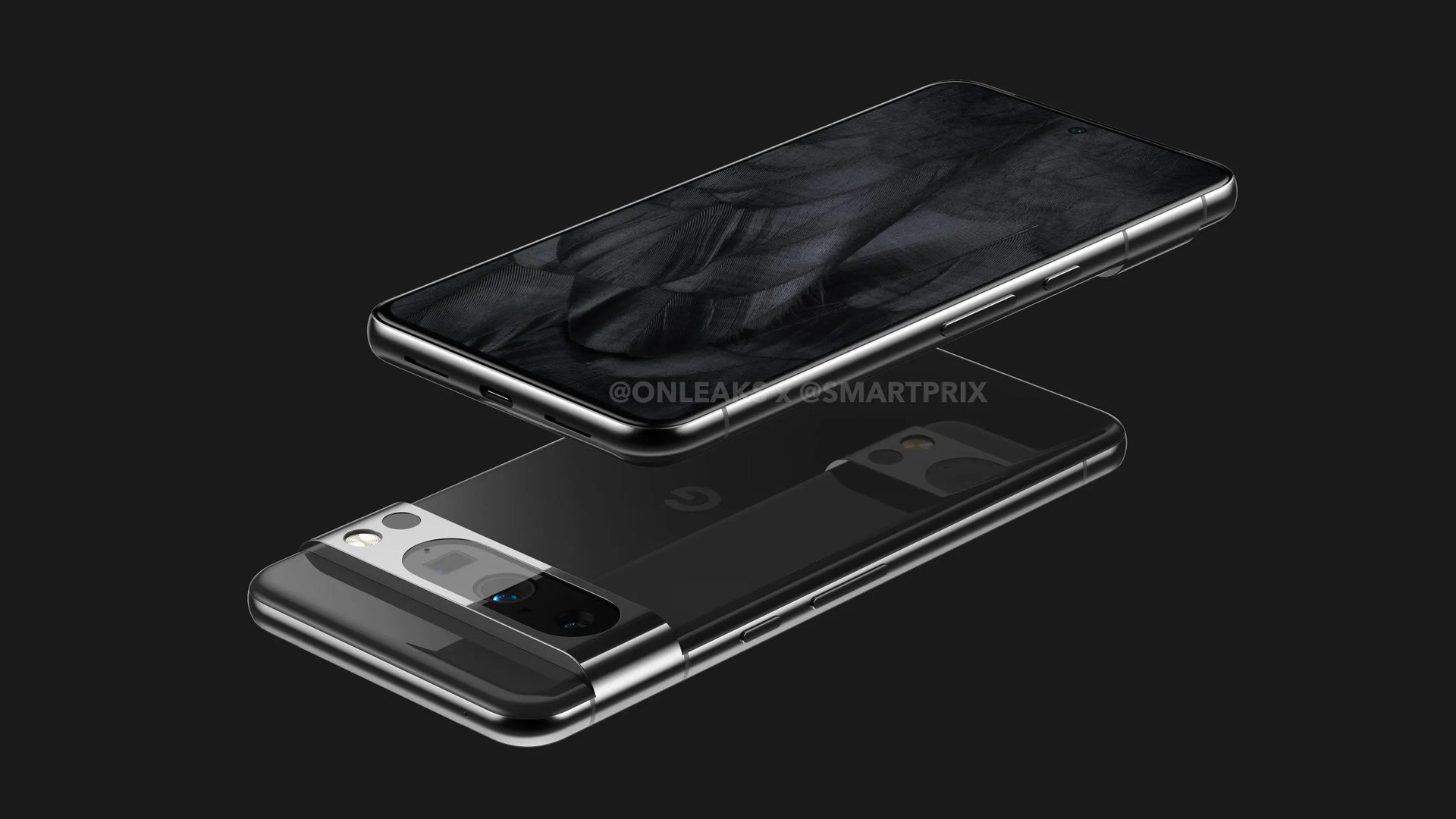
That’s everything you need to know about Google’s upcoming chip. Tensor has given Google more control over the direction of its smartphone brand while providing experiences you can’t emulate on rival handsets. That recipe is going to be critical to the upcoming Pixel 8 series.
Unlike Tensor G2, which was a more minor refresh, Tensor G3 seems to be a bigger upgrade. Google is looking to become competitive in general applications processing, and with the CPU and GPU upgrades it’s making, it might just do it.
Thank you for being part of our community. Read our Comment Policy before posting.